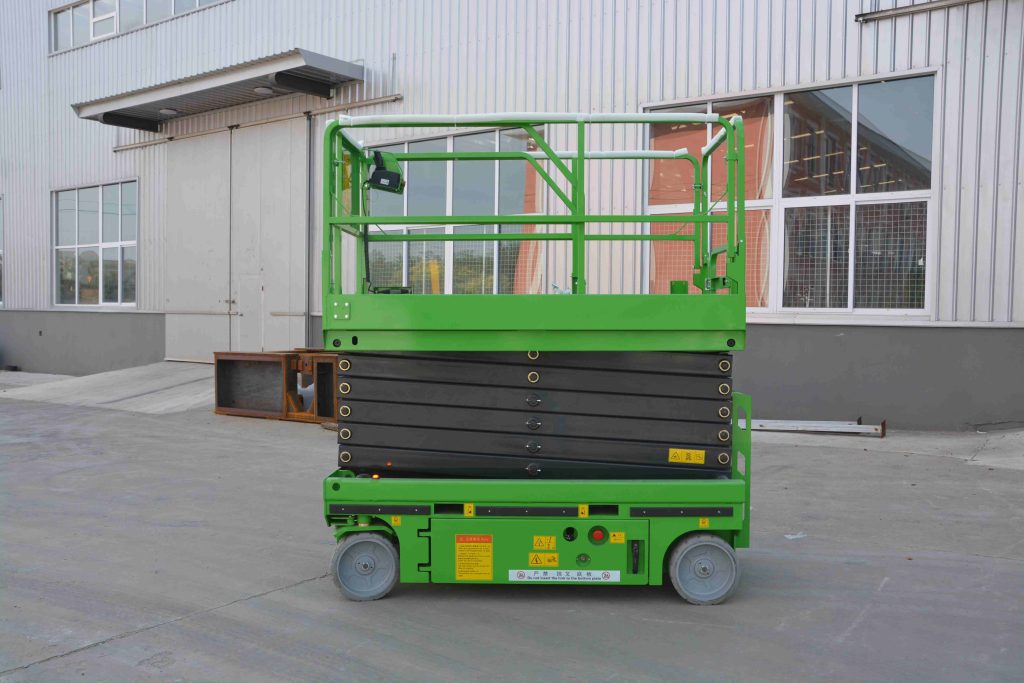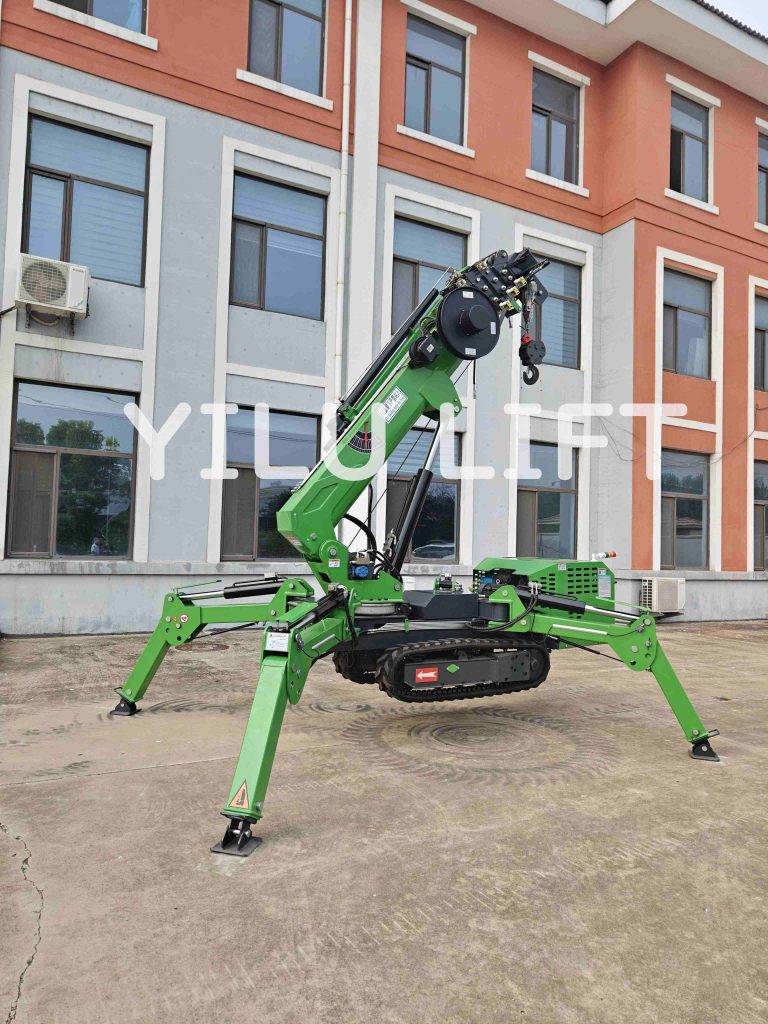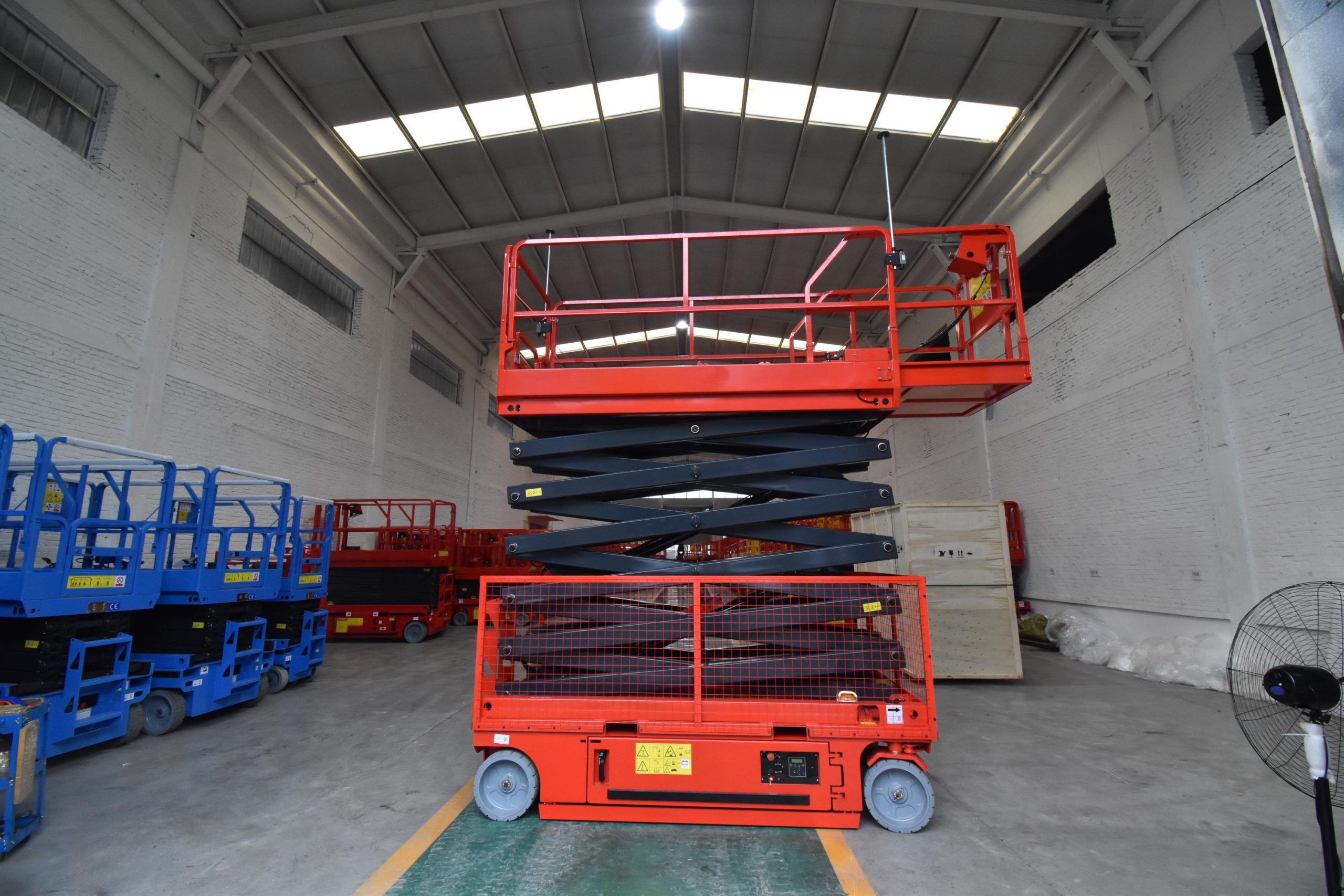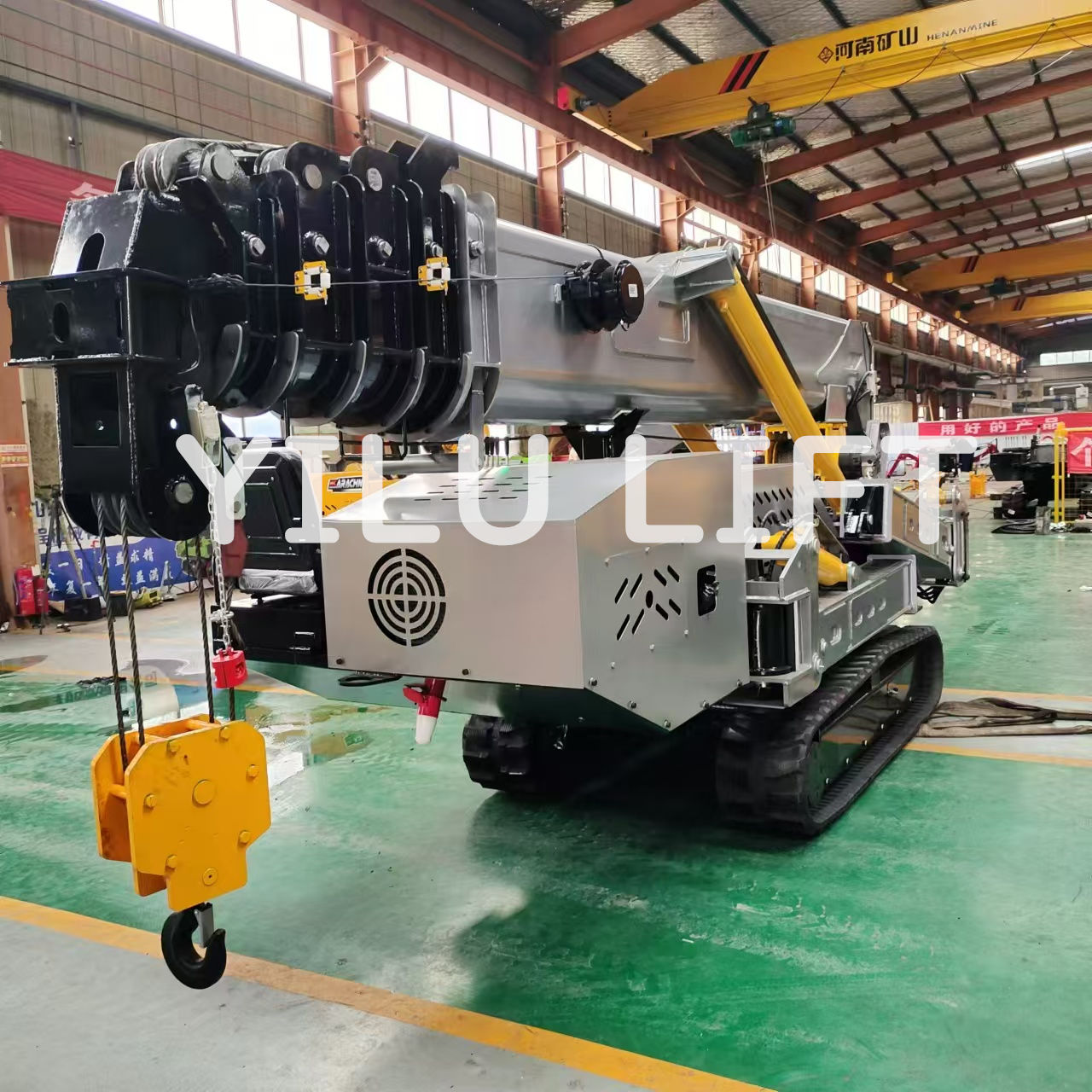How to Evaluate Aerial Lifts for Efficiency and Safety in Projects
How to Evaluate Aerial Lifts for Efficiency and Safety in Projects
There are a few key factors to evaluate when determining whether the use of aerial lifts would benefit the efficiency and safety of aerial lifts in any project. Compare types of aerial lifts (scissor lift, boom lift, or a cherry picker) — what kind of aerial lift do you need?
Key Factors to Consider When Selecting an Aerial Lift
Project Requirements and Specifications
Before you decide which aerial lift may be right for you, you need to first consider your particular project that requires an aerial lift. Every project has different requirements, and specific tasks such as construction, maintenance, or specialized industrial work require certain features from aerial lifts.
For example, if your job is at a high altitude, working in confined spaces, then you need to choose the kind of lift that is tiny yet flexible in altitude variation. Scissor lift is well suited for interior applications such as warehousing, distribution and cleaning your local pub due to its narrow base plant, and power from a mains plug.
Weight Capacity and Platform Size
Those things are necessary info for aerial lift performance as they would not just affect the efficiency of your aerial lift, but in addition it will have effect on the safety of your aerial lift.
A platform artificially overloaded will expose the equipment to operational perils and potentially cause damage as a result. Choose a lift that will be sufficient for the combined weight of not just the personnel, but also any tools or materials you will need to perform the task.
As an example, a fixed scissor lift platform is noted for its high stability when you have to move heavy loads between production lines or for assembly tasks, and hence is widely used for cargo transportation and material loading.
Maneuverability and Reach Capabilities
Another important factor is maneuverability, especially for job sites that are tight or have obstacles. Having a small turning radius and a compact design, aerial lifts are useful in such situations. But take equally as much consideration for vertical and horizontal reach capabilities.
Having the option to expand platforms horizontally can make a noticeable impact on productivity while minimizing the number of times the operator has to move the equipment. Self-propelled scissor lifts are compact ladders with foldable fences that take up very little space yet can still reach high heights, making them suitable for narrow yet tall spaces.
Compliance with Safety Standards
Safety must not be sacrificed in picking an aerial lift. To make sure that the equipment meets local safety standards and includes safety mechanisms such as overload prevention devices, hydraulic oil pipe valves, emergency descending devices, and safety locks, so that operators are protected while operating the hydraulic lifting equipment. You will even need to do regular inspections to find any possible structural defects or system malfunctions.
Evaluating Efficiency in Aerial Lifts
Productivity Features of Aerial Lifts
In recent years, manufacturers of aerial lifts have incorporated features that boost productivity–among them are automatic displays of fault codes in order to pinpoint malfunctioning components more easily and telescopic platforms that expand the working platform more than a standard boom. These functionalities also reduce the downtimes that occur due to technical glitches while enhancing the efficiency of the operations.
Self-propelled scissor-type aerial work platforms, for example, can reach maximum heights of between 8-16 m with stability and utilize hydraulic systems for fluid lifting. As a result, it becomes something you cannot find the same functionality for at high levels without sacrificing some degree of precision.
Comparison of YILU LIFT Models for Enhanced Efficiency
YILU LIFT provides various types of aerial lifts with different capacities, suitable for different project needs. They are known for their unique designs and high-quality safety standards. Their scissor lifts, for example, have 25% climbing ability, facilitating seamless movement at all levels, especially in hilly areas and you are sure that your operator can work well with those challenges. Quality is their bottom line.
Ensuring Safety While Using Aerial Lifts
Essential Safety Features in Modern Aerial Lifts
Considering the fact that aerial lifts are always a high-risk job, they come with advanced safety features nowadays. This includes anti-overtone protection that prevents the platform from surpassing its rated load, protecting the structure in operational activity as well as the machine from being harmed in case of overrun.
Another important feature is a protection valve for the hydraulic oil pipe, which successively closes and ensures control in case of an accidental leak. Emergency descending mechanisms are provided for safe lowering of the platform in case of power failures, while safety locks, as the name suggests, ensure that the platform will remain stable when doors or windows are operated, as these mechanisms fix the equipment at different heights.
YILU LIFT’s Commitment to Safety Standards
All of YILU LIFT aerial lifts regard safety as their top priority and apply the latest technology following international standards. With the high product safety mechanisms, such as automatic display of fault codes for instant diagnostics, it helps to mitigate risks and enhance maintenance efficiency.
Recommendations for Specific Applications
Indoor Projects: Compact and Low-Noise Models from YILU LIFT
Indoor projects frequently require aerial lifts that are both quiet and compact so they can move through tight spaces. Electric power options for self-propelled scissor lifts make them an excellent option for these environments due to the lack of emissions and greatly reduced noise pollution. These lifts have a minimum turning radius and are light in weight, which makes it easy to navigate through tight areas while keeping it stable and sturdy at working heights from 8 to 16 meters.
For tasks like overhead pipeline maintenance or equipment installation in factories and malls, these models excel in performance. Their telescopic platforms extend reach without requiring frequent repositioning, significantly enhancing productivity.
Outdoor Projects: High-Reach and All-Terrain Options by YILU LIFT
Outdoor applications typically need 20km ranges and mixed road conditions. Aerial lifts for such conditions often come with heavy-duty tires, reinforced bodies, and heavy hydraulic systems. All-terrain capability means high-reach models are stable on even tricky surfaces and can be run in any weather.
These features make them suitable for construction sites where tasks like steel frame assembly or facade cleaning demand robust performance. Additionally, emergency descending devices provide an added layer of security during outdoor operations.
Specialized Tasks: Customizable Solutions from YILU LIFT
Some projects call for specialized aerial lift configurations designed with unique challenges in mind. Such as the glass installation robot with the vacuum suction technology. Likewise, set scissor lift stages can be altered with a greater table size or a higher lifting height for unique mechanical prerequisites.
YILU LIFT provides customized solutions to various operational requirements. Whether it is to incorporate manual hydraulic devices for operation featuring power failures, or advanced control systems for high precision applications, their expertise guarantees that they will be able to do as desired.
FAQs
Q1: What safety features should I look for in an aerial lift?
A: Essential features include anti-overload protection devices, hydraulic oil pipe valves, emergency descending mechanisms, and safety locks.
Q2: Which type of aerial lift is best suited for indoor projects?
A: Self-propelled scissor lifts are ideal due to their compact design, low noise levels, and electric power options.
Q3: Can YILU LIFT customize aerial lifts for specialized applications?
A: Yes, YILU LIFT provides tailored solutions such as vacuum suction technology or adjustable platform sizes to meet specific project requirements.









